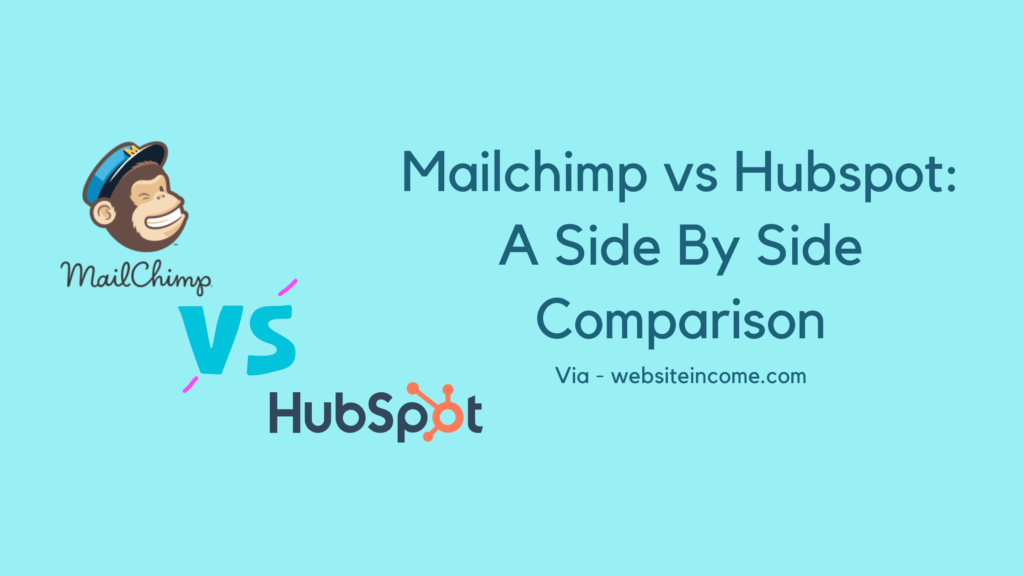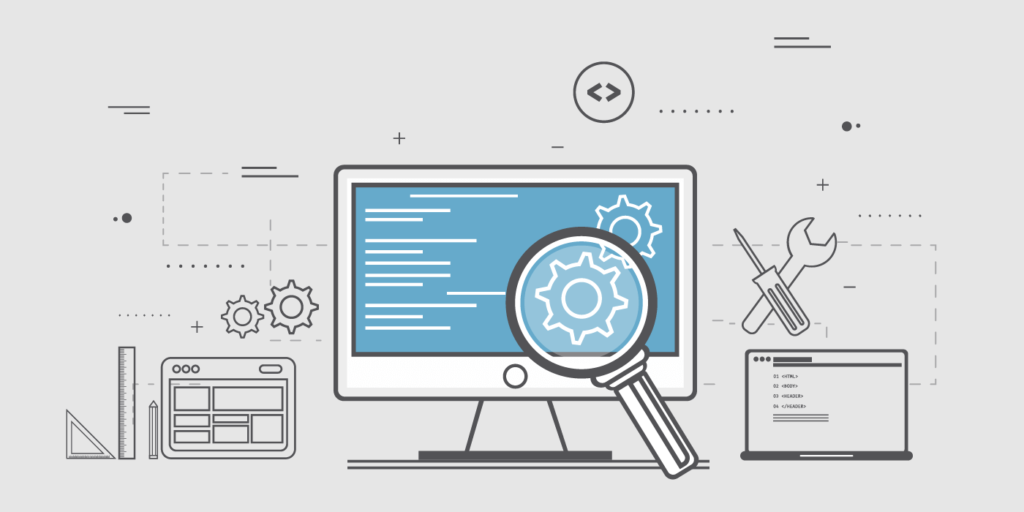The Email Marketing Duel: Mailchimp vs HubSpot

In the vast realm of email marketing, selecting the right platform can make or break your outreach strategy. Two heavyweights in this arena are Mailchimp and HubSpot, each boasting unique features and advantages. In this comprehensive comparison, we delve into the key aspects of these platforms, aiding you in making an informed decision based on your business needs.
1. Feature Comparison
1.1 Email Marketing
Both Mailchimp and HubSpot offer robust email marketing solutions, but their feature sets have nuanced differences. Mailchimp, known for its user-friendly interface, provides editable drag-and-drop templates, personalization options, basic list management, and insightful email analytics. On the other hand, HubSpot offers a sophisticated email marketing tool with features like A/B testing, time zone sends, and optimized rendering for various devices.
Here’s a quick comparison of email marketing features on both platforms:
| FEATURES | HUBSPOT | MAILCHIMP |
|---|---|---|
| Drag and drop email editor | ✅ | ✅ |
| E-commerce emails | ✅ | ✅ |
| Email personalization | ✅ | ✅ |
| A/B testing | ✅ | ✅ |
| Time zone sends | ✅ | ✅ |
| Optimized for any device | ✅ | ✅ |
| Post-send email analytics | ✅ | ✅ |
| Comparative reports | ✅ | ✅ |
| Transactional email | ✅ | ✅ |
1.2 Contact Management
Managing your contact list efficiently is crucial for targeted marketing. HubSpot integrates its Marketing Suite with a robust CRM, allowing granular tracking of interactions. Mailchimp, too, offers a marketing CRM with tagging and segmentation capabilities.
Here’s a quick comparison of contact management features on both platforms:
| FEATURES | HUBSPOT | MAILCHIMP |
|---|---|---|
| List management | ✅ | ✅ |
| Create custom contact properties | ✅ | ✅ |
| Combine unlimited filtering options | ✅ | Premium feature |
| Update contacts in bulk | ✅ | Only through import |
| Timeline of all interactions | ✅ | Limited |
1.3 Marketing Automation
Marketing automation is a pivotal tool for streamlining processes. HubSpot’s comprehensive automation software includes lead nurturing, contact management, and advanced features like A/B testing. Mailchimp offers automation features like kickback emails and drip campaigns, but it lacks some of the depth found in HubSpot.
Here’s a quick comparison of marketing automation features on both platforms:
| FEATURES | HUBSPOT | MAILCHIMP |
|---|---|---|
| Single automated kickback emails | ✅ | ✅ |
| Multi-step drip campaigns | ✅ | ✅ |
| Conditional if/then automation logic | ✅ | ✅ |
| Automate internal notifications and tasks | ✅ | ❌ |
| Automate lead management & segmentation | ✅ | ❌ |
| Automate updating contact or company properties | ✅ | ❌ |
| Custom automation through API | ✅ | ✅ |
| Pre-built journeys | ❌ | ✅ |
1.4 Ads and Social Media Performance
Building and monitoring your online presence is essential. HubSpot and Mailchimp both provide social publishing features, but HubSpot’s integration with various platforms like Instagram, Twitter, Facebook, LinkedIn, and Google Ads gives it an edge in managing social media performance.
Here’s a quick comparison of social media features on both platforms:
| FEATURES | HUBSPOT | MAILCHIMP |
|---|---|---|
| Social publishing (Facebook, Instagram, etc.) | ✅ | ✅ |
| Social monitoring | ✅ | ❌ |
| Social reporting | ✅ | Only for posts made through Mailchimp |
| Facebook/Instagram Ads | ✅ | ✅ |
| Unlimited surveys and responses | ❌ | ✅ |
| Google search ads | ✅ | ✅ |
| Google display ads | ❌ | ✅ |
| LinkedIn ads | ✅ | ✅ |
| Free website builder with Stripe buy button | ❌ | ✅ |
| Advanced website audiences | ✅ | ❌ |
| Contact list audiences | ✅ | Facebook only |
| Facebook lookalike audiences | ✅ | ✅ |
| Ads ROI Reporting | ✅ | E-commerce integration required |
| Ads reporting across various attribution types | ✅ | ❌ |
1.5 Forms and Landing Pages
Creating appealing landing pages is crucial for conversions. HubSpot’s landing pages and forms are versatile, offering progressive profiling and extensive customization. Mailchimp provides a user-friendly landing page builder but lacks some advanced features found in HubSpot.
Here’s a quick comparison of forms and landing page features on both platforms:
| FEATURES | HUBSPOT | MAILCHIMP |
|---|---|---|
| Forms | ✅ | ✅ |
| Pop-up forms | ✅ | ✅ |
| Embedded forms | ✅ | ✅ |
| Collect data from any form of solution | ✅ | Through integrations |
| Custom form fields | ✅ | ✅ |
| Hidden form fields | ✅ | ✅ |
| Progressive profiling | ✅ | ✅ |
| Dependent fields | ✅ | ❌ |
| Drag and drop page building | ✅ | ✅ |
| Template/custom-coded landing page development | ✅ | ✅ |
| Use custom domain | ✅ | ✅ |
| Scheduled publishing | ✅ | ❌ |
| On-page SEO optimizations | ✅ | ❌ |
2. User Experience
Aesthetic and user-friendly interfaces are essential for effective marketing. Mailchimp excels in simplicity, offering an intuitive design suitable for quick learning. HubSpot, with its extensive feature set, may have a steeper learning curve, but it provides more sophisticated customization.
3. Support
Effective customer support is crucial for resolving queries promptly. Both Mailchimp and HubSpot offer excellent support, with knowledgeable representatives available via email, live chat, and phone.
4. Compatibility
Integration with other tools and applications enhances efficiency. While both platforms offer broad compatibility, HubSpot has a slight advantage with more native integrations, reducing reliance on third-party tools.
5. Pricing
Mailchimp is an attractive option for small businesses, offering a free plan for up to 2000 contacts. As businesses grow, Mailchimp’s paid plans start at $10 per month. HubSpot’s pricing begins at $45 per month for its basic plan, making it a more substantial investment.
In the dynamic landscape of email marketing, the choice between Mailchimp and HubSpot depends on the specific needs and scale of your business. For small businesses seeking cost-effective solutions and user-friendly interfaces, Mailchimp proves to be a formidable choice. However, if your business demands advanced features, in-depth customization, and a scalable solution, HubSpot emerges as a powerful contender. Ultimately, the decision hinges on your business goals and the level of sophistication required in your email marketing endeavors.



